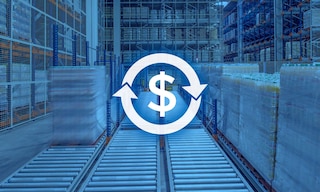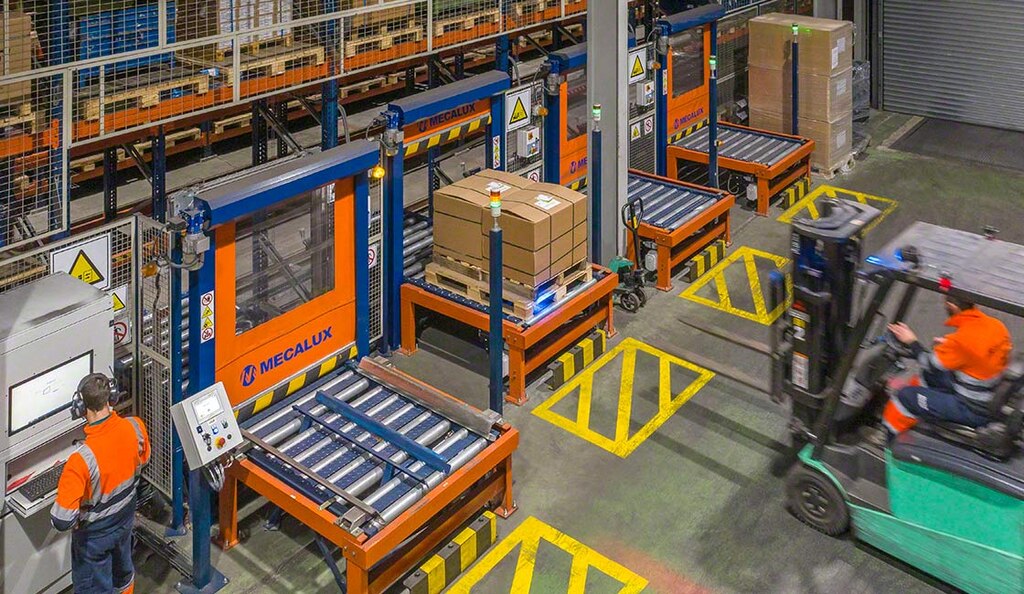
Working capital: the formula for business efficiency
Companies can employ several metrics to assess whether they have what it takes to withstand recessions and unforeseen events. One of them is working capital. Organizations that maintain a positive working capital metric are more likely to weather financial challenges and have greater flexibility to invest in their growth. But what exactly does this accounting term mean?
What is working capital?
Working capital, also known as net working capital, is a key performance indicator (KPI) that denotes whether a business will be able to access funds in case of need.
This financial metric is the difference between a company’s assets and liabilities. It encompasses all assets capable of being converted into cash in less than a year. These can comprise raw materials, finished goods, exploitation rights, or any other item that could be sold to generate a positive working capital. This enables the organization to cover payments to suppliers or taxes if required.
Working capital is used to meet a business’s usual operating expenses, short-term credits, unpaid customer debts, and any other unexpected financial obligations.
How do I calculate it? Working capital formula
The working capital calculation consists of the difference between your current assets and current liabilities. Current assets are everything you can turn into cash within a year. Current liabilities constitute items due to be settled in the next 12 months.
| Working capital = current assets - current liabilities |
It’s important not to confuse working capital with fixed capital. The latter can’t be easily converted into cash and is expected to serve your company in the long term, as it’s necessary for ongoing operations and production. Examples include real estate, buildings, and other tangible assets, but also intangible assets such as patents or trademarks.
Another way to calculate your net working capital is to determine the difference between your business’s permanent capital — i.e., equity plus long-term credits — and its non-current assets.

Example of working capital
To assess your working capital, it’s essential not to just rely on your account balances. In addition to monitoring your cash and bank accounts, you need to pay attention to your safety stock of raw materials, finished products, financial investments set to mature in under a year, and outstanding receivables.
For instance, imagine you’re a manufacturer with assets (cash, inventory, and raw materials) worth $200,000. You subtract your liabilities (salaries, taxes, debts for the year, invoices) amounting to $90,000, resulting in a working capital of $110,000.
What is the main purpose of working capital?
Properly managing your working capital will contribute toward your company’s financial well-being. Key pointers for maintaining this metric in the black include paying attention to customer balances and tracking stock in your logistics facility, which you can streamline with a warehouse management system (WMS). Likewise, collecting outstanding amounts as soon as possible increases solvency.
Working capital is crucial for your supply chain to run smoothly. It affects procurement capacity, supplier relationships, and operational continuity. This KPI can be positive or negative:
- Positive working capital. If your current assets exceed your current liabilities, you’ll be able to settle your short-term debt.
- Negative working capital. If your current liabilities outweigh your current assets, you’ll lack liquidity and might find it difficult to cover your debts.
Having positive working capital has other advantages. For instance, it can make it easier to obtain credit, since it’s a sign that you’ll likely repay it.

10 ways to boost working capital
It’s advisable to stimulate the growth of your working capital in times of lower sales volumes or when you need to cover expenses relating to a project. To implement this strategy, you can either enhance your current assets or reduce your current liabilities. There are several ways to do this:
- Assume long-term debt. This allows you to augment your current assets without significantly exacerbating your liabilities.
- Refinance debt from short- to long-term. If your debts no longer mature within a year, your current liabilities will be lower.
- Sell illiquid assets. The liquidity of assets depends on how quickly you can convert them into cash. An illiquid asset could be real estate or a stake in a company. If sold, your working capital goes up.
- Analyze and minimize logistics expenses. It’s best to collect information via supply chain KPIs to detect areas for improvement.
- Scrutinize and optimize inventory control. Warehouse management software such as Easy WMS enables you to carry out meticulous inventory monitoring.
- Automate accounts and follow up on payments. This proactive approach streamlines financial processes in addition to enhancing your cash flow.
- Apply the Wilson model. Leveraging the EOQ formula is helpful for knowing when and how much of a product you should order from a supplier to ensure its availability.
- Cultivate relationships with suppliers and clients. Reaching agreements also affects working capital, e.g., extending supplier payment terms and offering customers payment plans.
- Review service levels. Storing large quantities of items ties up working capital, so overstocking to meet demand can be counterproductive for your business.
- Improve demand planning. Equipping yourself with specific demand planning software such as Easy WMS helps you calculate what products you should have on hand to serve future orders.
Working capital is a critical component for the financial stability of any organization. Managing it correctly could mean the difference between business success and failure. By understanding its importance and implementing effective strategies to control it, companies can secure a strong position in the market.
Are you seeking to manage your organization’s resources more efficiently? At Interlake Mecalux, we can take your intralogistics operations to the next level by optimizing your planning and supply chain processes. Be sure to get in touch. We’ll show you how automation and inventory management can streamline your business.
